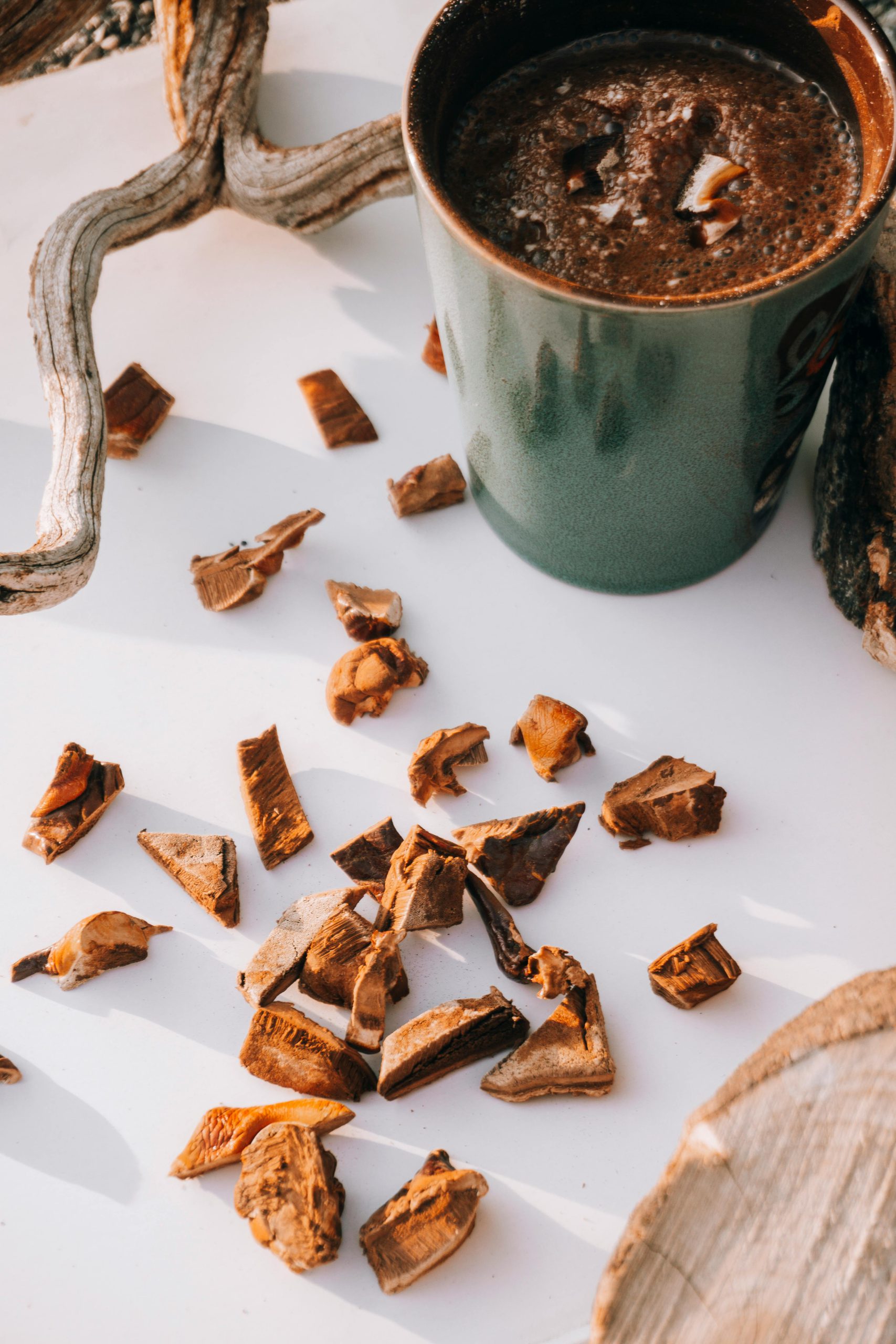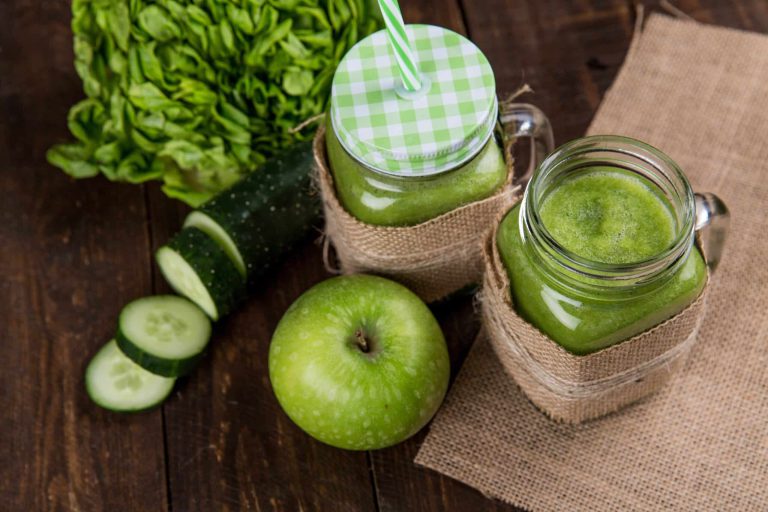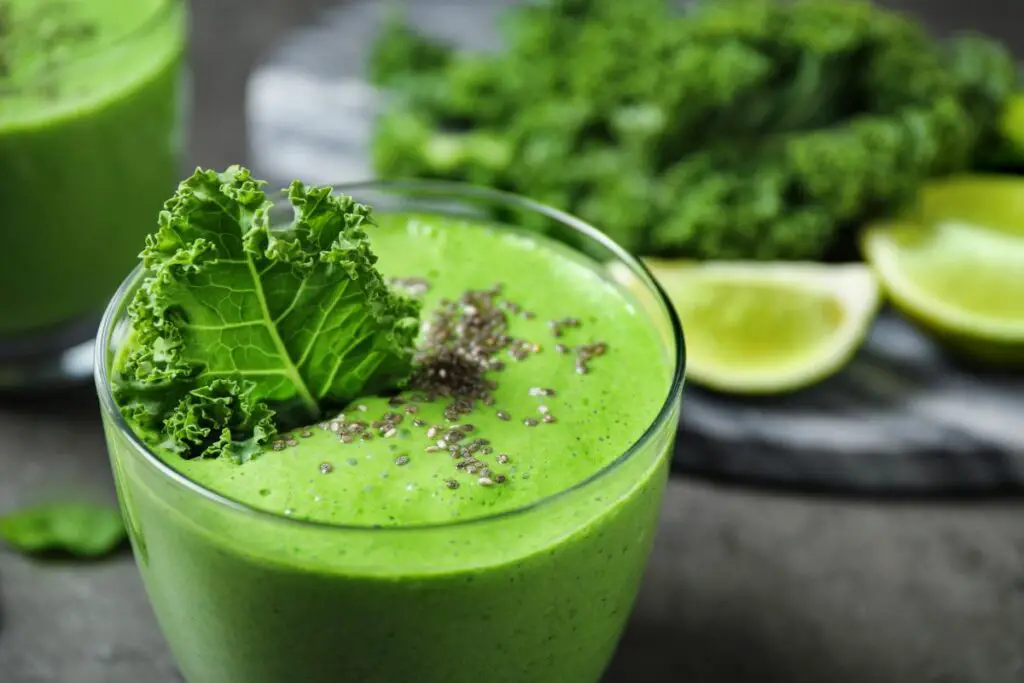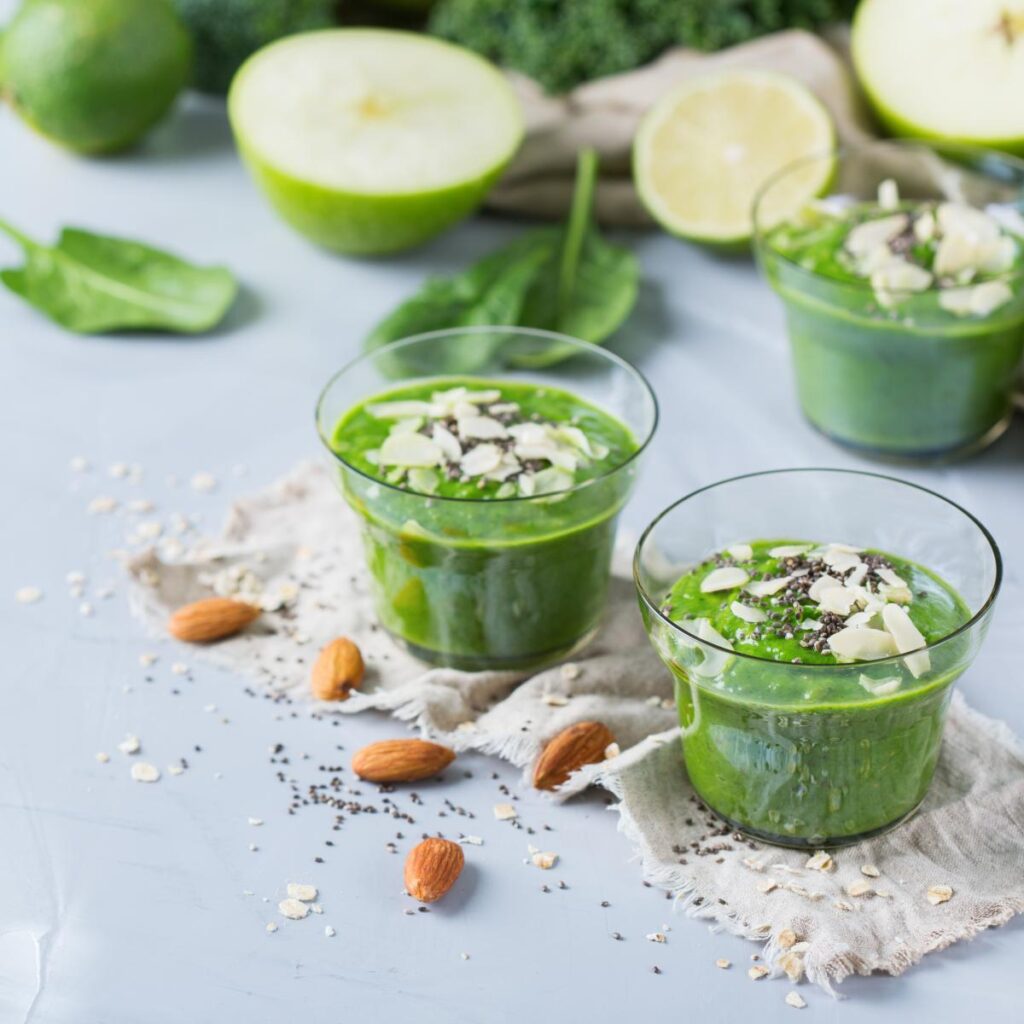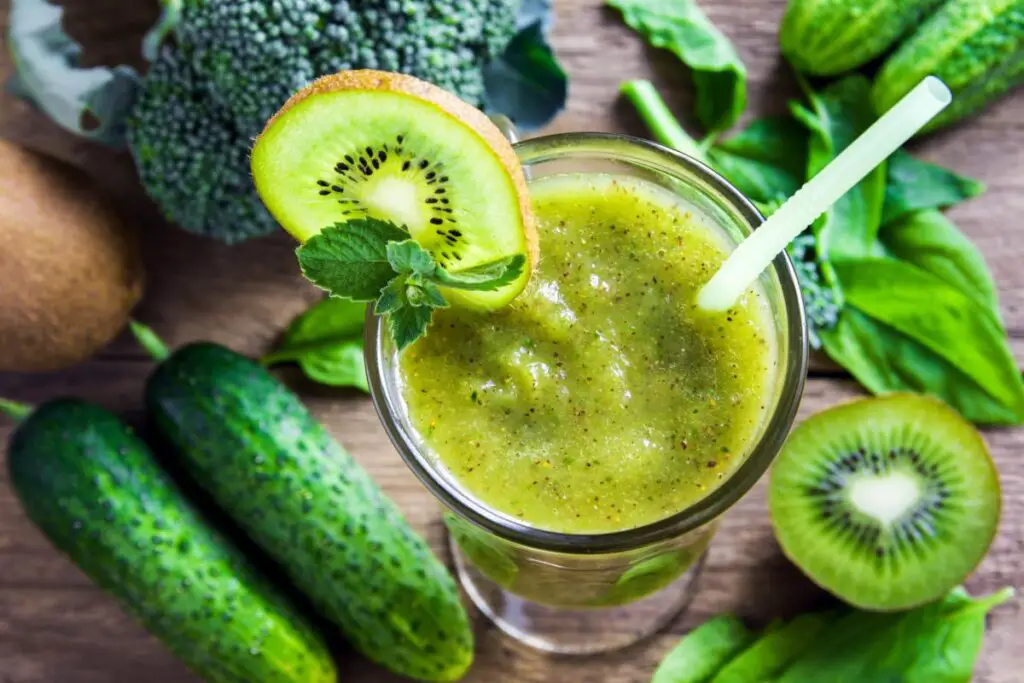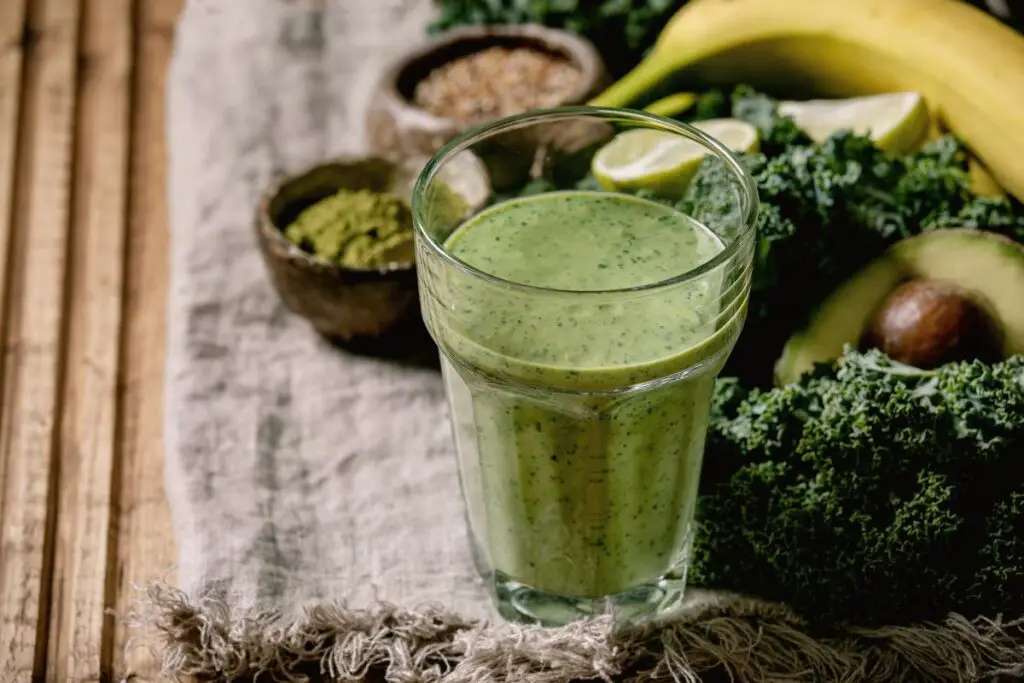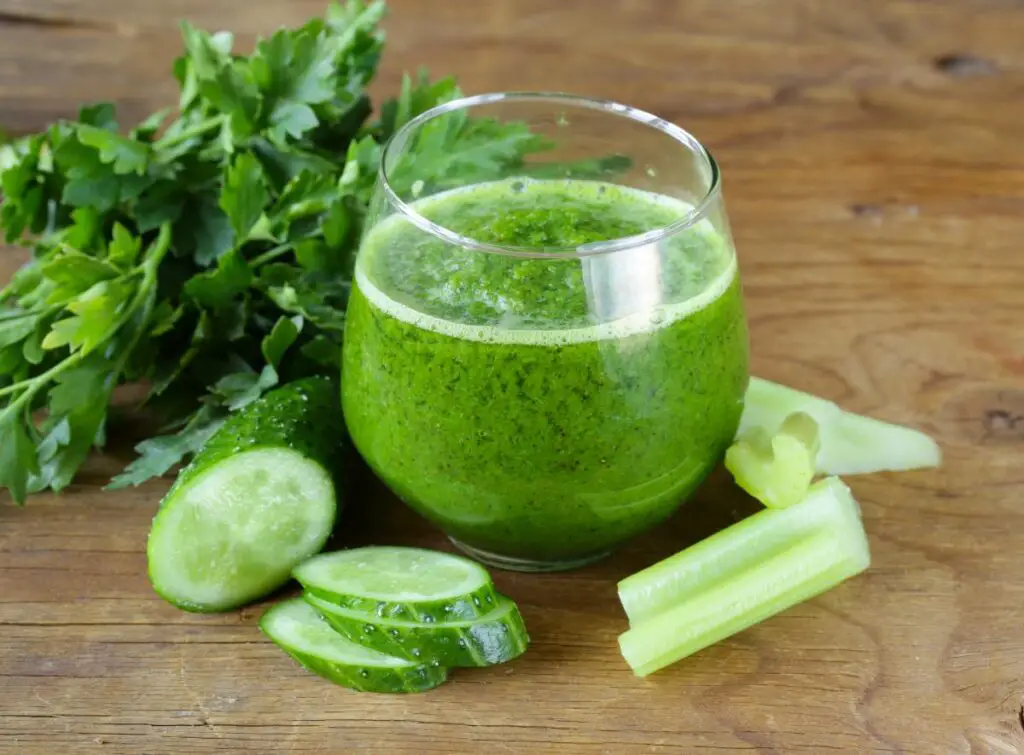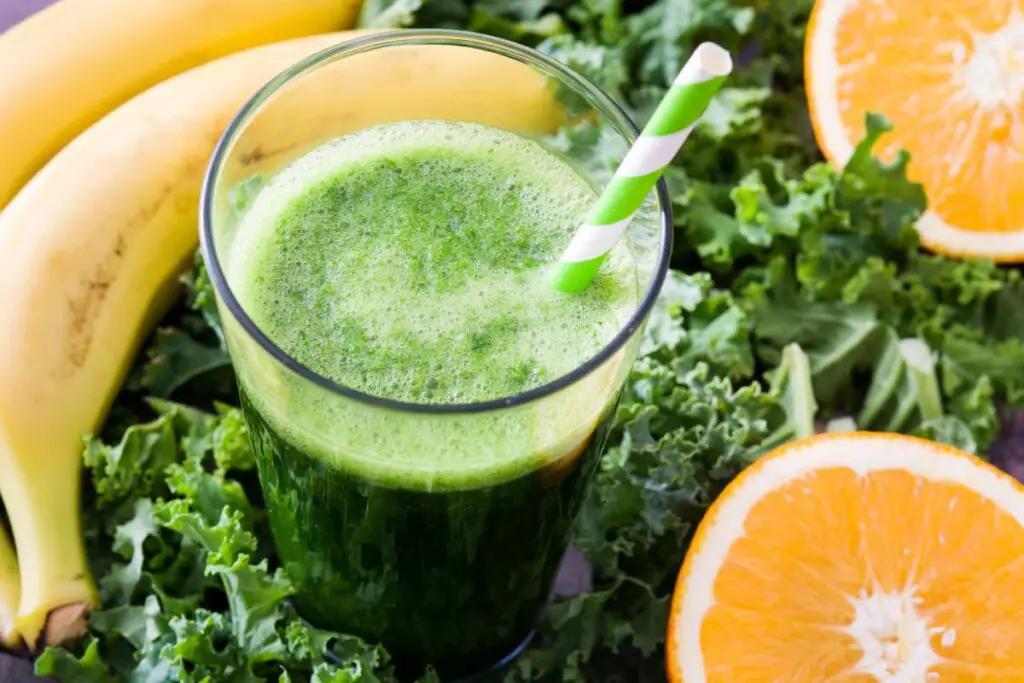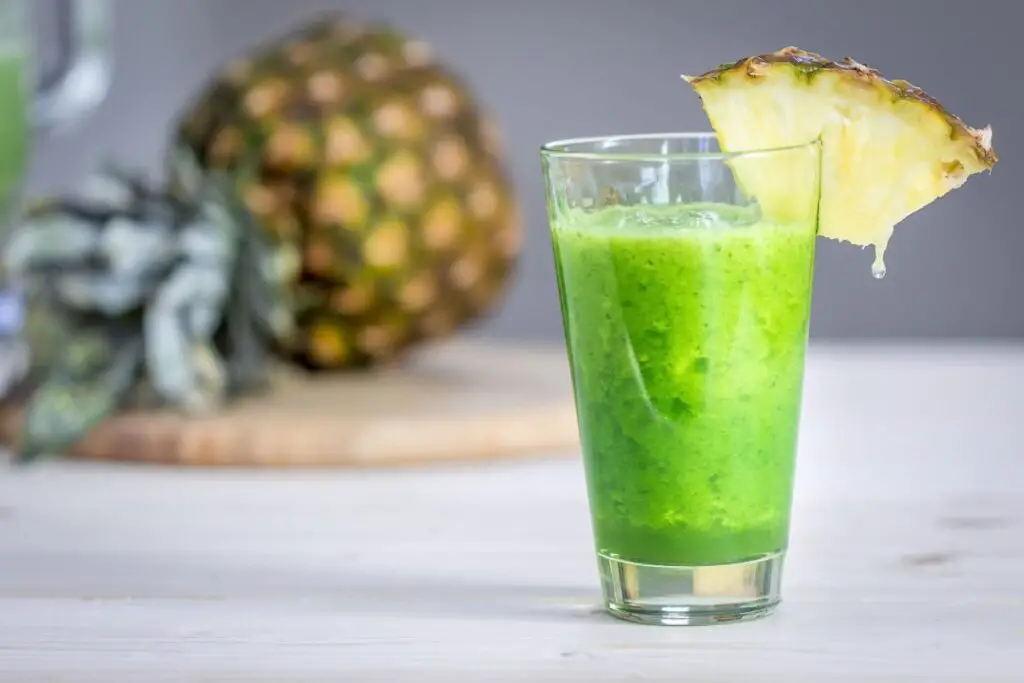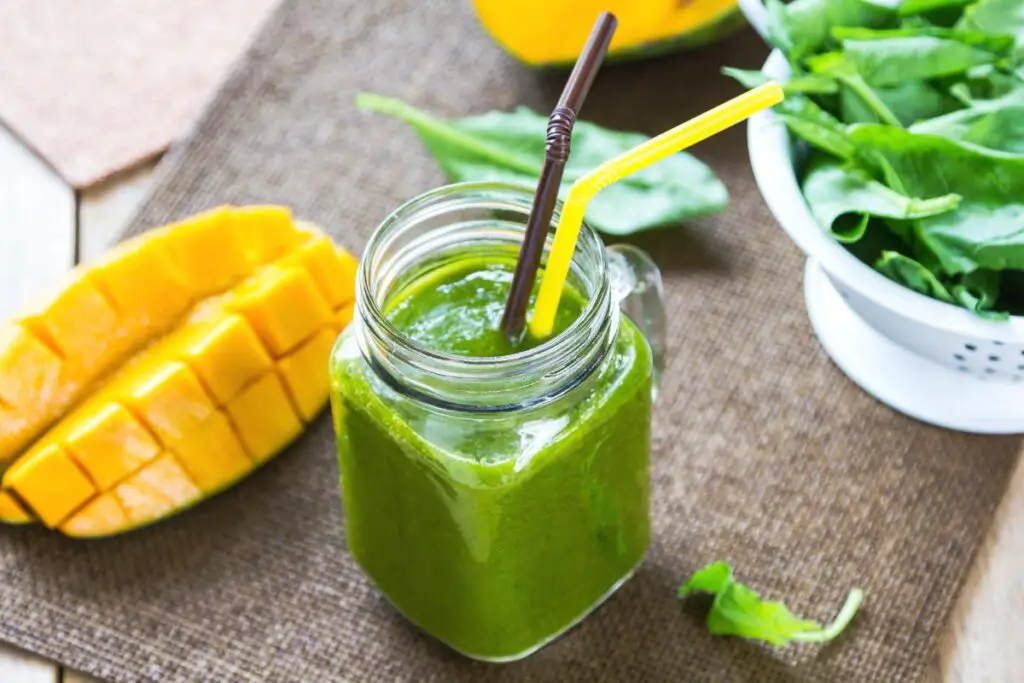Have you ever wondered what adding turmeric to your diet could do for your health? Don’t worry, you won’t turn yellow!
But in all seriousness, if you’re dealing with inflammation, obesity, diabetes, psoriasis, vitiligo, or liver problems, then this blog post is for you.
Introduction
Despite skepticism about the impact of plants on human health, today’s article may just change your mind, especially when it comes to turmeric.
In addition to discussing the many health benefits of this powerful plant, I’ll also be answering some common questions about its consumption, such as how much to eat, potential side effects, contraindications, absorption, interactions with medications, storage, teeth whitening, and even its potential in treating acne.
We’ll start off by discussing turmeric’s impact on the nervous system.
Research has shown that the compounds in turmeric, particularly curcumin, have a positive effect on nerve cells and can protect them. This is particularly important given the rising incidence of neurological diseases like Alzheimer’s, Parkinson’s, and depression. Curcumin has also been found to be helpful in treating multiple sclerosis and amyotrophic lateral sclerosis.
Speaking of Alzheimer’s, did you know that the incidence of this disease is over four times lower in India’s elderly population compared to that of the United States? One possible explanation is the frequent consumption of curry spice, which contains turmeric. In fact, a study of Asians aged 60 to 93 found that those who consumed curry regularly scored much better on cognitive assessments than those who rarely or never ate it.
Turmeric has also been found to be an effective weapon against depression. High-quality research has shown that introducing turmeric into the diet of people with severe depressive symptoms can lead to improved mood after just 8 weeks.
So if you’re dealing with any of the health issues mentioned above, or if you’re just curious about the potential benefits of turmeric, keep reading! I’ll also be sharing a golden milk recipe at the end of this post – a traditional healing drink from Ayurvedic medicine that features turmeric as a key ingredient.
If you’re looking for a natural way to boost your health, look no further than turmeric. This powerful plant has been used for centuries in traditional medicine, and modern science is starting to catch up. But what exactly can you expect if you start consuming turmeric on a regular basis?
First of all, let’s dispel a common myth: consuming turmeric won’t turn you yellow. But what it can do is have a powerful impact on your health, particularly if you’re dealing with chronic conditions like inflammation, obesity, diabetes, psoriasis, vitiligo, or liver problems.
In fact, turmeric has been shown to have a range of health benefits, from protecting the nervous system to fighting cancer. Studies have found that the compounds in turmeric, particularly curcumin, have a positive effect on the cells of the nervous system and can help protect against diseases like Alzheimer’s and Parkinson’s.
But that’s not all. Turmeric has also been shown to have anticancer properties, particularly for colon, pancreas, breast, prostate, lung, oral, and head and neck cancers. And if you’re concerned about your heart health, turmeric can also help weaken the killer number one of chronic diseases: cardiovascular disease.
So how much turmeric should you consume, and are there any side effects or contraindications to be aware of?
In our article, we answer all of these questions and more, including how to increase turmeric absorption, whether it interacts with medications, how to store it, and whether it can whiten teeth or treat acne.
And for those looking for a delicious way to enjoy turmeric, we share a golden milk recipe, a traditional healing drink from Ayurvedic medicine that includes turmeric as a key ingredient.
With so many health benefits, it’s no wonder that turmeric is becoming increasingly popular.
Research has shown that turmeric is an effective natural remedy in protecting against cardiovascular diseases such as hypertrophy and heart failure, atherosclerosis, aortic aneurysm, myocardial infarction, stroke, and complications related to diabetes. Additionally, turmeric has proven to have a positive impact on the digestive system, making it a beneficial supplement for treating non-specific inflammation in the intestines, including diseases such as Leśniowski-Crohn’s and ulcerative colitis – the second most common digestive disease. In a study evaluating the effectiveness of curcumin in treating these diseases, patients with ulcerative colitis took 550mg of curcumin twice a day in the first month, followed by an additional 550mg dose in the following month. Meanwhile, patients with Leśniowski-Crohn’s disease took 360mg of curcumin three times a day for the first month, followed by 360mg, four times a day, for the next two months. The results of the study indicate that turmeric is a valuable natural remedy that can provide relief for those struggling with digestive and cardiovascular diseases.
Now, let’s explore the effects of turmeric treatment.
Research has shown that the use of turmeric in the recommended amounts can lead to a significant reduction in symptoms of various diseases, including cardiovascular diseases and markers of inflammation.
But let’s focus on the digestive system for a moment. Turmeric has also been found to be effective in reducing symptoms of irritable bowel syndrome by up to 60%. Furthermore, it can help fight Helicobacter pylori bacteria, which is responsible for many digestive system diseases, such as ulcers, inflammation of the stomach lining, and even stomach cancer.
In fact, studies have found a positive correlation between the consumption of turmeric and a decrease in the frequency of peptic ulcers. These findings further confirm the potential benefits of turmeric in maintaining a healthy digestive system.
Research studies have confirmed the significant role of curcumin in preventing and treating diabetes and related disorders, including diabetic microangiopathy and retinopathy. It helps in reducing glucose levels and glycated hemoglobin in the blood. In addition, curcumin has anti-inflammatory effects, making it beneficial for individuals suffering from chronic inflammatory diseases. Unlike anti-inflammatory drugs that may have side effects, turmeric can be a natural remedy for inflammation.
Numerous studies have reported the effectiveness of turmeric in reducing severe inflammations, including those related to joint diseases. In 1980, one of the first studies conducted on 18 young patients with rheumatoid arthritis divided them into two groups. One group received curcumin at a dose of 1.2 grams per day, while the other group was given a non-steroidal anti-inflammatory medicine called phenylbutazome. Both treatments lasted for two weeks, and the final conclusions were surprising.
In summary, curcumin found in turmeric has important health benefits. It can prevent and treat various diseases such as diabetes, inflammation, joint diseases, and complications related to the digestive and circulatory systems. Its natural properties make it a safe and effective alternative to conventional medicines.
The research conducted thus far has confirmed that curcumin plays an important role in both the prevention and treatment of diabetes and related disorders, such as diabetic nephropathy, microangiopathy, and retinopathy. In addition, it can contribute to reducing glucose levels and glycated hemoglobin in the blood. Furthermore, turmeric exhibits anti-inflammatory effects, which is particularly beneficial for individuals suffering from chronic inflammation, often resorting to anti-inflammatory drugs with potential side effects. Turmeric, and specifically curcumin, has been shown to eliminate serious inflammation, including that associated with joint diseases. One study conducted in 1980 on 18 young patients with rheumatoid arthritis demonstrated that curcumin was as effective as the non-steroidal anti-inflammatory medicine phenylbutazome, with patients reporting reduced swelling and morning joint stiffness without experiencing any side effects.
Curcumin also has a protective effect on the liver, as supported by scientific reports demonstrating its effectiveness in treating liver diseases such as cirrhosis, alcoholic and non-alcoholic fatty liver disease, and drug-induced liver damage. Moreover, curcumin may protect the liver from arsenic toxicity. Supplementing with turmeric can also help relieve the symptoms of inflammation in kidney disease in lupus patients, a common clinical manifestation of the autoimmune multiorgan rheumatic disease. In one study involving 24 patients with recurrent or refractory lupus nephritis, curcumin significantly decreased hematuria and proteinuria after three months of treatment.
In another study, 43 dialysis patients and kidney recipients from deceased donors were given a combination of curcumin and quercetin, resulting in improved early graft function and reduced incidence of sharp rejection. Supplementation with curcumin has also been linked to the leveling of psoriatic lesions, a correlation that is particularly significant for psoriasis patients, as conventional medicine has limited treatment options apart from potentially expensive biologics.
As we continue discussing skin diseases, I would like to touch on vitiligo, a condition that results in white patches on the skin due to the destruction of pigment-producing cells. Curcumin, due to its antioxidant properties, has been suggested to help alleviate the symptoms of this disease. One study used a combination of narrowband irradiation lamp and topical application of curcuminoids in patients and found that this method was more effective in fighting vitiligo than phototherapy alone. Turmeric ointments and creams with curcumin extracts can be easily found online, in pharmacies, or herbal shops.
Moving on to the Q&A section, the first question is what is the best quantity of turmeric and curcumin to consume? It is believed that a safe daily dose of turmeric is 5 grams, although it has been shown to be non-toxic in significantly larger quantities. Clinical studies suggest that a dose of 12 grams taken daily for 3 months is also safe.
The second question is whether the consumption of turmeric can cause side effects. Although turmeric is generally considered a safe and well-tolerated spice, its consumption may be associated with some side effects.
There have been several cases of contact allergy, dermatitis, and hives caused by curcumin. In addition, high doses of turmeric can cause gastric and intestinal problems such as nausea, diarrhea, and abdominal pain, as well as headaches and yellow stool. It is important to note that turmeric can interact with certain medications, which will be discussed shortly.
Moving on to contraindications for turmeric, the main one is an allergy to any of the substances it contains or to ginger plants. It is not recommended for patients with gallstones or bile duct obstruction as it can stimulate gallbladder contractions and bile secretion. Large amounts of turmeric are also not recommended for people who are prone to kidney stone formation due to the increased concentration of oxalate in urine.
As for whether turmeric is well absorbed by the body, curcumin has low bioavailability in humans, even at high doses.
The low solubility of curcumin in water makes it difficult for the body to absorb and distribute it to tissues effectively. Additionally, the compound is quickly metabolized and eliminated from the body. However, there are ways to increase its bioavailability, such as combining it with piperine found in black pepper or lecithin present in foods like egg yolks, sunflower seeds, beans, fish, nuts, and avocados. Thermal treatment and consumption with fat have also been shown to improve its absorption.
Turmeric can interact with certain drugs, enhancing or weakening their effects. For instance, it should not be combined with anticoagulants, antihypertensive drugs, or neutralizing stomach acid medications like cimetidine, ranitidine, and omeprazole. Extra caution should be exercised when taking antibiotics. Furthermore, studies suggest that curcumin may enhance or inhibit certain chemotherapeutic agents.
Ground turmeric should be stored in a dry and dark place, preferably in an airtight container like a vacuum-sealed box or jar. Fresh turmeric root should be cleaned, wrapped in a paper towel, and refrigerated to prevent exposure to moisture.
As a result, it can last up to 3 weeks.
If you have dried turmeric root, store it in an airtight container and place it in a cupboard or drawer away from direct sunlight.
Can turmeric whiten teeth?
While some blogs and websites claim that turmeric is great for whitening teeth, many experts advise against this method as prolonged use can actually stain teeth.
However, turmeric has positive effects on oral health. It can provide relief from toothache, gingivitis, and periodontitis, and can also prevent the buildup of dental plaque.
Next question: Can turmeric help treat acne?
Recent research shows that curcumin, a compound found in turmeric, can be beneficial in treating certain skin conditions, including acne vulgaris. Both oral and topical application of turmeric can be effective in treating diseases such as atopic dermatitis, oral lichen planus, and radiation dermatitis.
Also, some people use turmeric to reduce skin discoloration. If you want to try it out, you can make a mask using two tablespoons of honey, two tablespoons of olive oil, the juice of half a lemon, two tablespoons of turmeric, and one tablespoon of cinnamon.
To make the mask, simply mix all the ingredients together well and apply it to your face for 10-15 minutes before washing it off with lukewarm water. For best results, use it twice a week.
Final Words
When it comes to incorporating turmeric into our diet, it is important to remember that it is a versatile seasoning that can be added to many dishes, such as soups, meat-based and vegetable-based dishes, rice, and whole-grain products. However, it is recommended to add turmeric at the end of the cooking process to avoid a bitter taste.
Turmeric can also be used in beverages, including teas, juices, cocktails, and lemonades. One popular beverage is golden milk, a specialty of Ayurvedic medicine, which is used to treat coughs and sore throats. To make it, mix ground turmeric, ground ginger, cinnamon, honey, coconut oil, and cow’s milk or any plant-based milk in a small saucepan and heat on low or medium heat. Make sure to blend the ingredients well and add the honey at the end when the drink has cooled down.
That’s all for today.



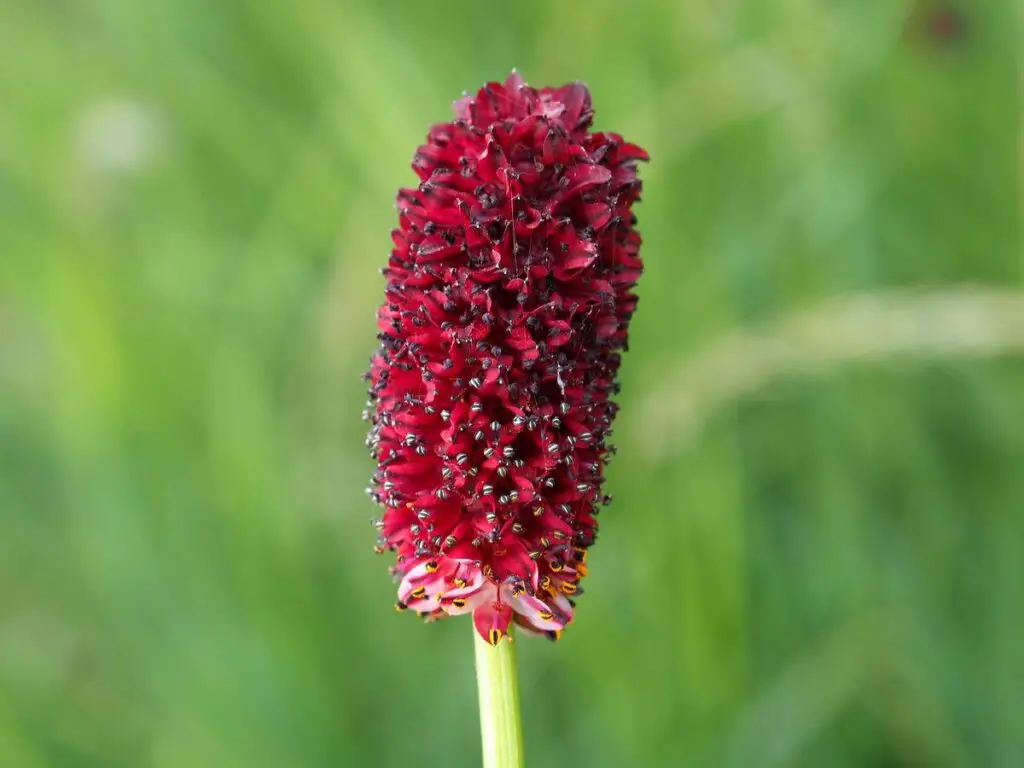

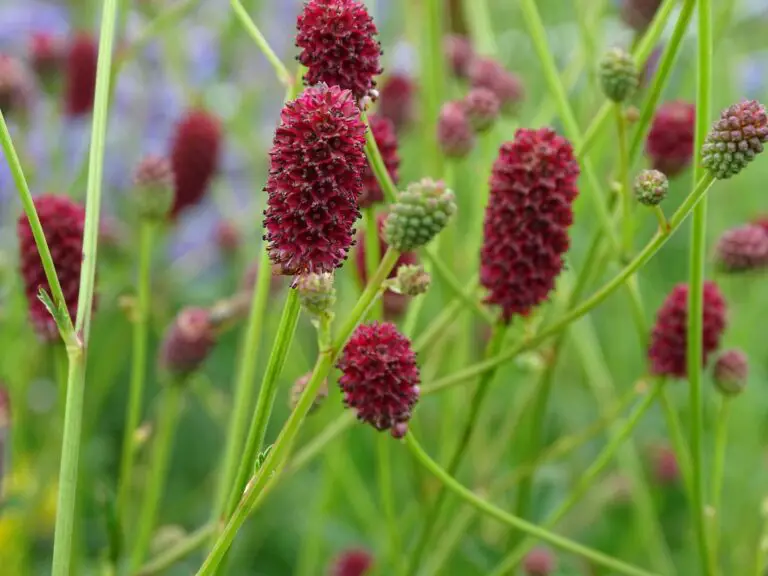


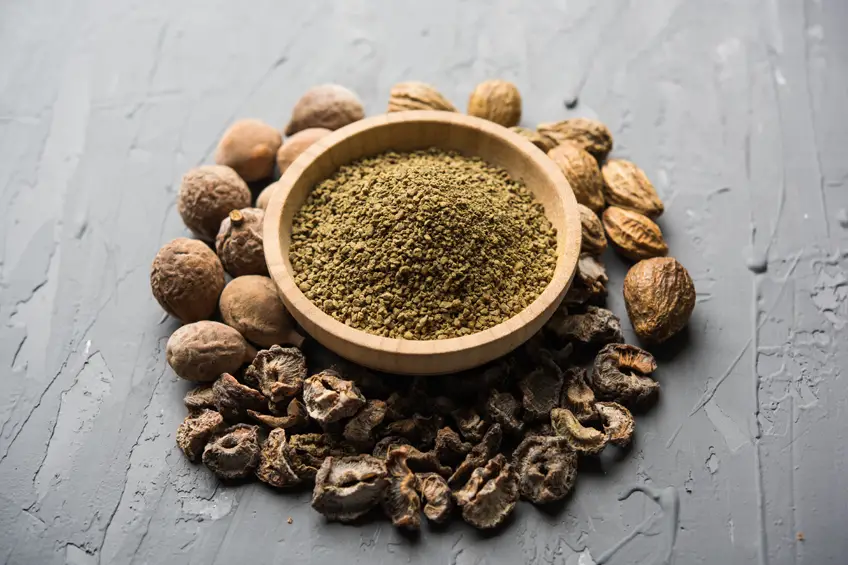
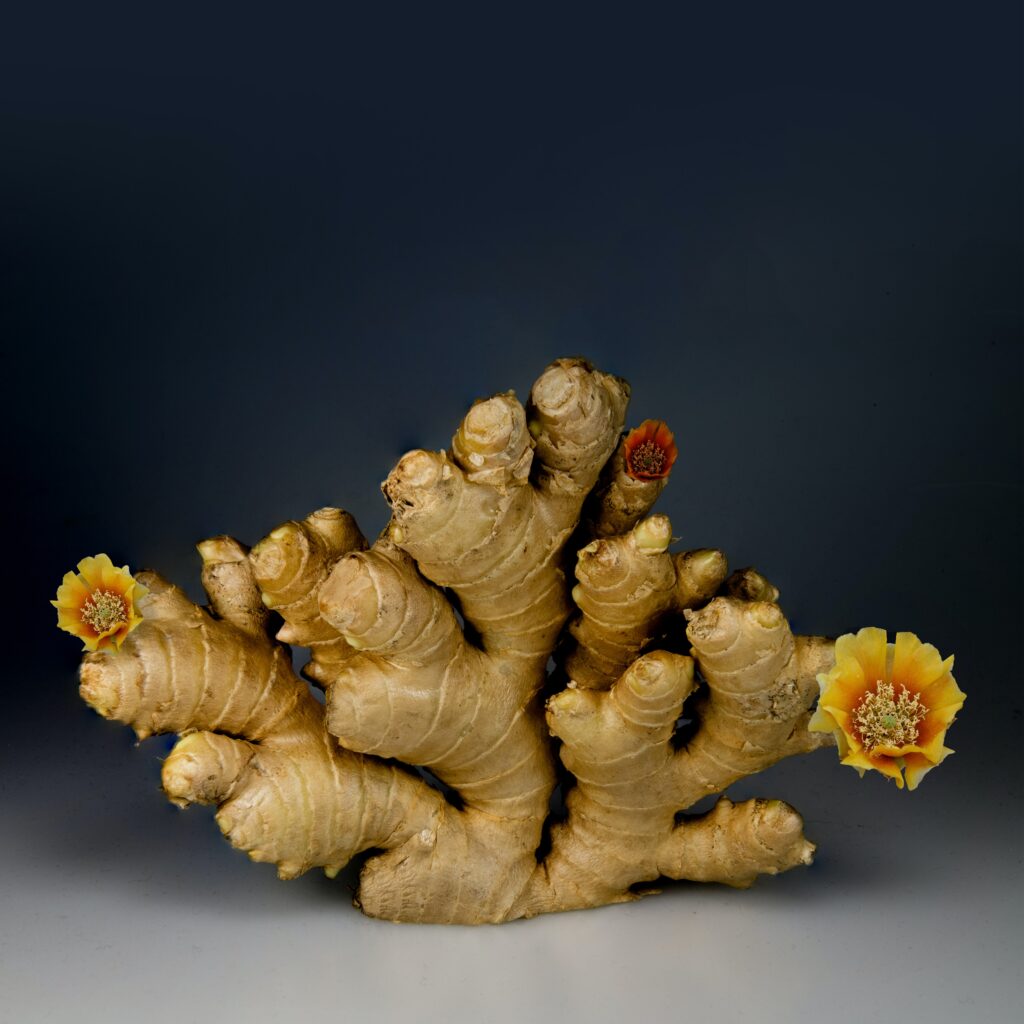
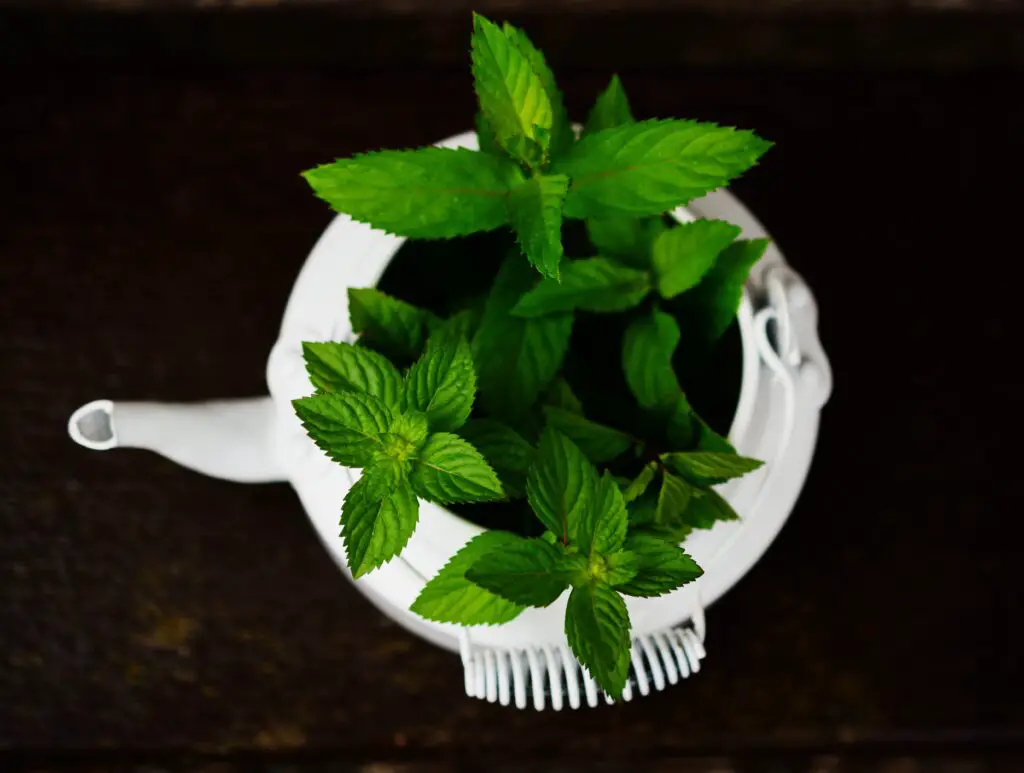

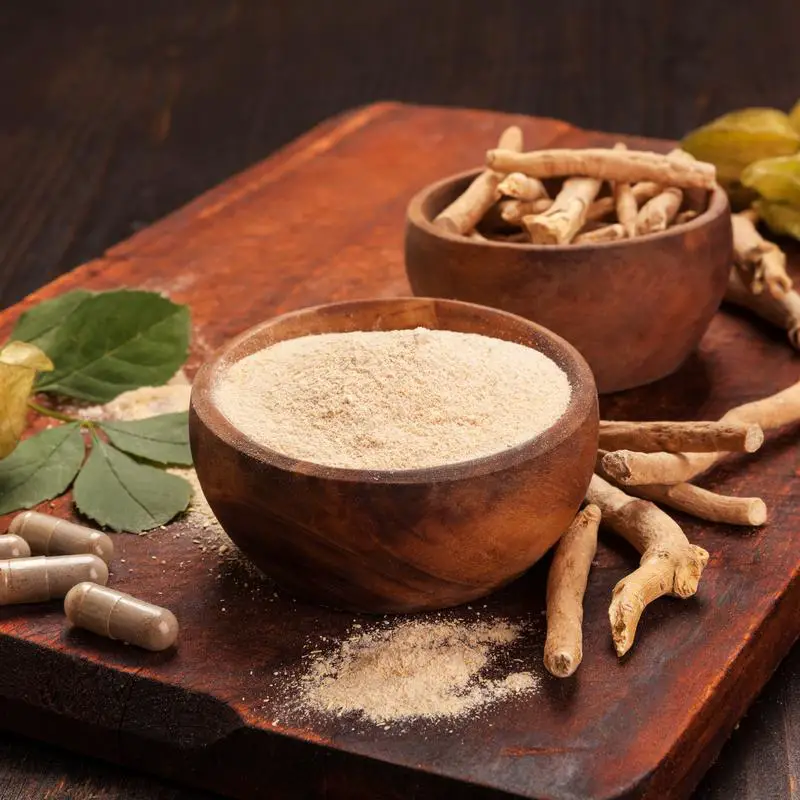




![Drinking Turmeric: Miracle for Your Body + [BONUS] Healing Drink Recipe](https://sacredtreatments.com/wp-content/uploads/2023/02/turmeric-root-tonic-2-768x513.jpg)
